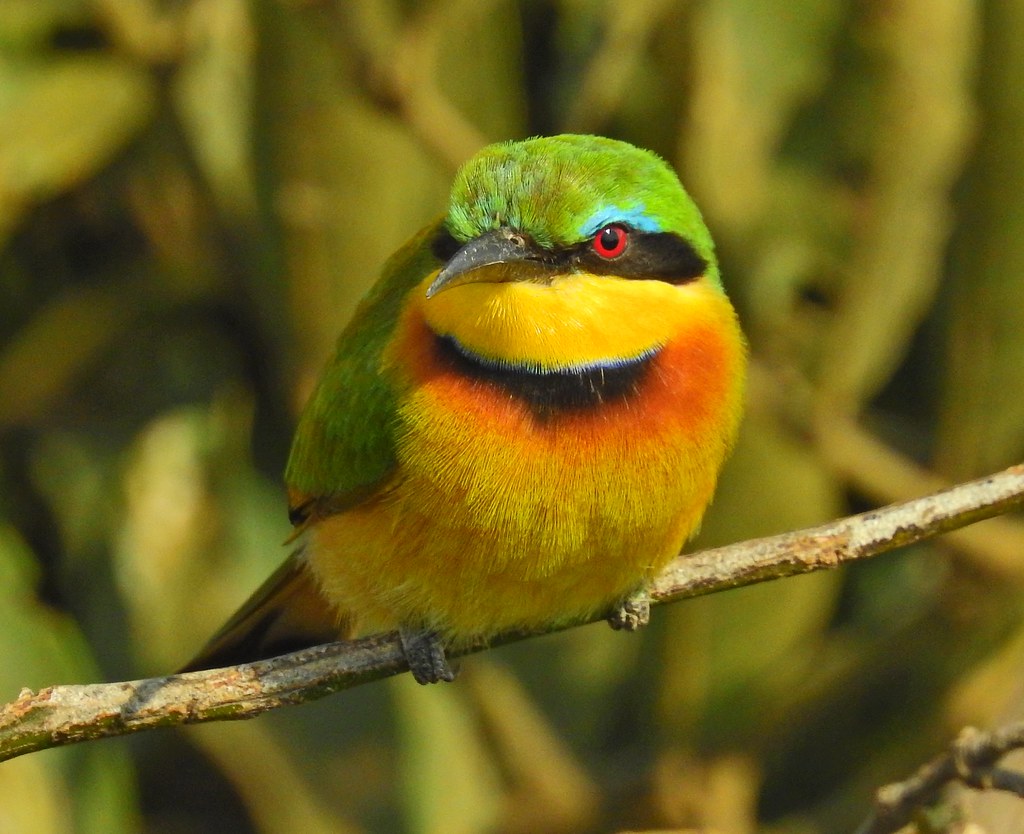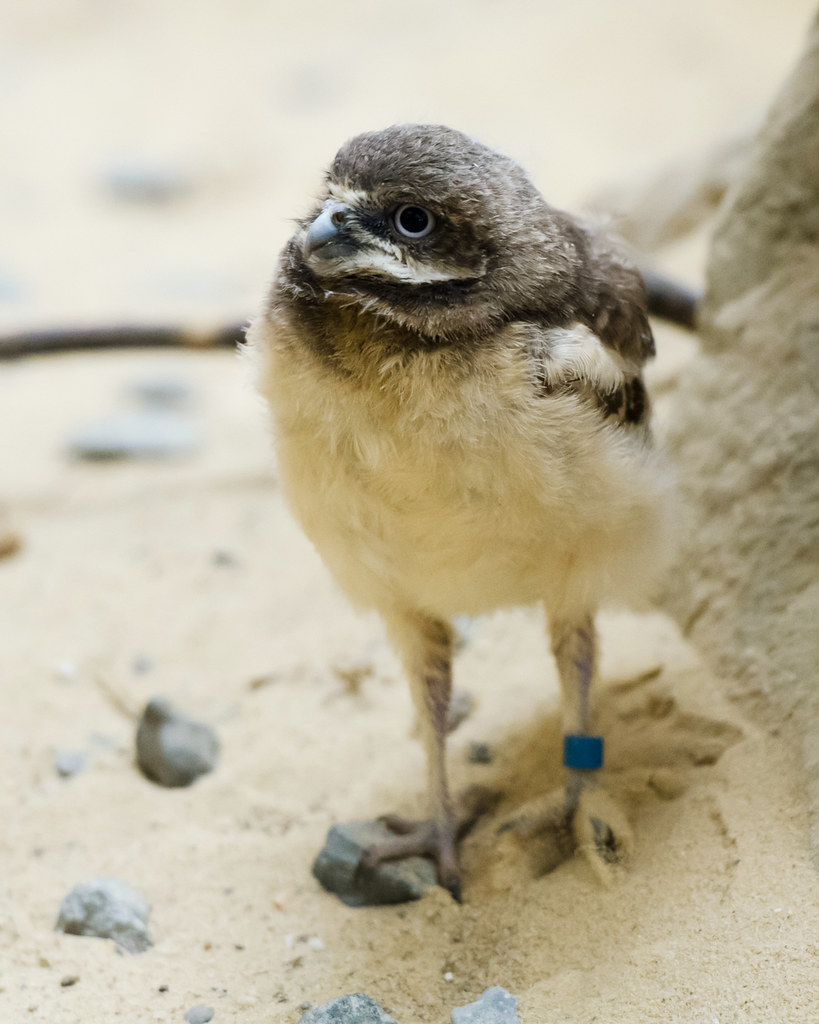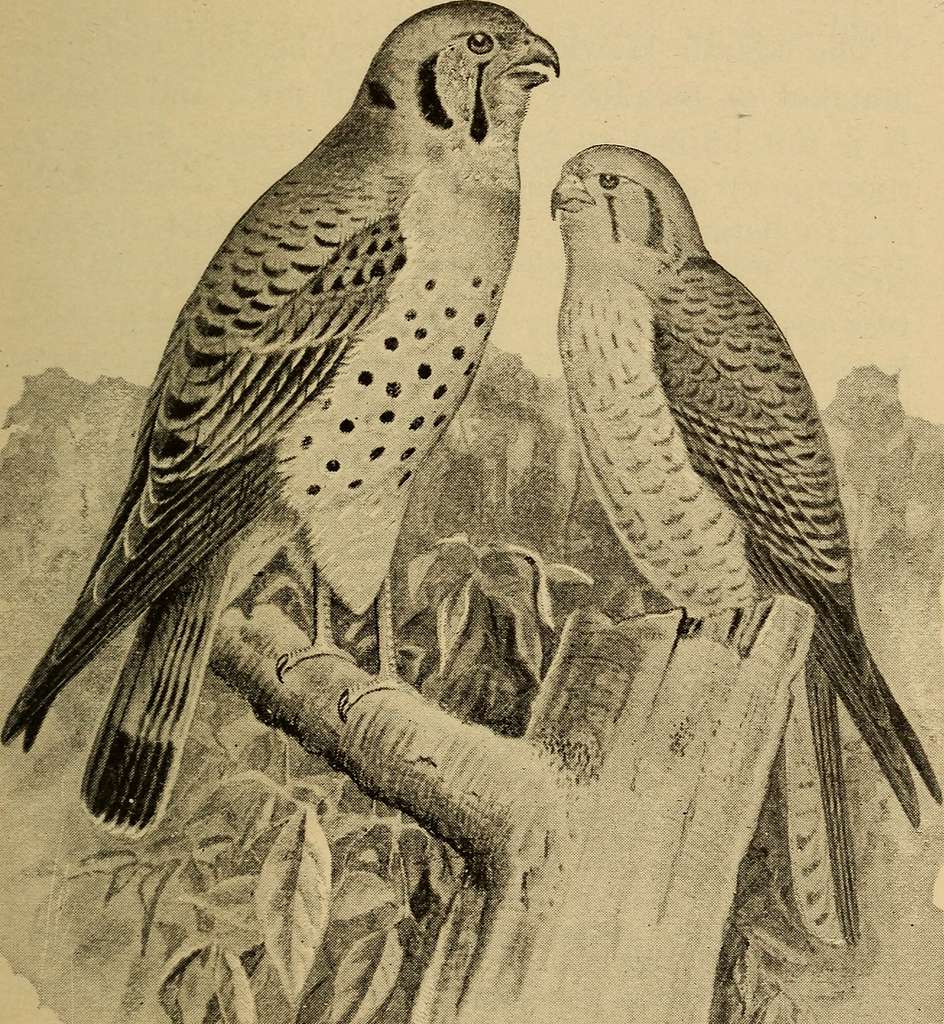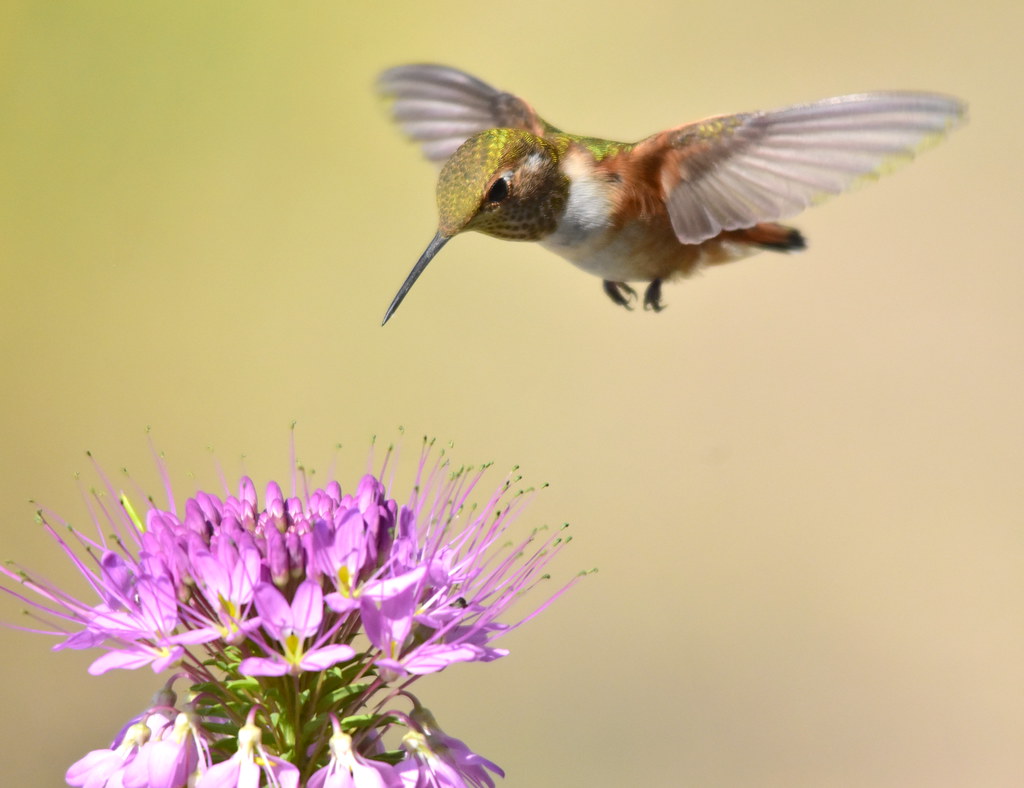Overview of the Smallest Bird Species

When it comes to the avian world, size doesn’t always determine significance. In this blog post, we will delve into the fascinating realm of the world’s smallest birds, exploring their characteristics and distribution across different continents.
Birds come in a wide range of sizes, from the massive ostrich to the diminutive hummingbird. Defining the “smallest bird species” involves considering factors such as body length, weight, and wingspan. There are several contenders vying for the title, each possessing unique features that make them exceptional.
Characteristics of the Smallest Bird Species

The smallest bird species possess unique characteristics that make them distinct from their larger counterparts. We will explore their size, wingspan, feathers, body shape, behavior, feeding habits, and nesting patterns.
Size and Wingspan
Small in stature, these avian marvels exhibit remarkable compactness. With an average length ranging from just a few centimeters to a few inches, they epitomize the saying “good things come in small packages.” Their diminutive size allows them to navigate intricate environments with agility and precision.
Feathers and Plumage

The feathers of the smallest bird species are a spectacle to behold. Vibrant and iridescent, these delicate plumes captivate observers with a palette of dazzling colors. Feathers play a vital role in attracting mates, providing insulation, protection, and aerodynamic efficiency.
Body Shape and Adaptations
![]()
The tiniest birds exhibit unique body shapes and adaptations that facilitate their survival in diverse habitats. Their bodies are streamlined and lightweight, allowing them to navigate through narrow spaces and swiftly dart between vegetation. Their slender beaks and specialized tongues are adapted for sipping nectar from flowers, a primary source of sustenance.
Behavior and Foraging
Small bird species showcase intriguing behaviors that reflect their evolutionary adaptations. Agile fliers, they possess the ability to hover in mid-air and maneuver with astonishing precision. Their rapid wing beats enable them to feed on nectar, insects, or other small prey. Their foraging techniques demonstrate their resourcefulness and adaptability.
Nesting and Reproduction
The nests of the smallest bird species are a testament to their resourcefulness and ingenuity. These birds construct intricately woven structures using an assortment of materials. Females lay eggs that are astonishingly small. Parental care varies among species.
The Smallest Bird Species in the World

The world is home to several fascinating tiny bird species, but none are as diminutive as the bee hummingbird, which holds the title for being the smallest bird species on Earth.
Bee Hummingbird (Mellisuga helenae)
The bee hummingbird, native to Cuba and Isla de la Juventud, thrives in various habitats, including forests, gardens, and shrublands.
Appearance
The male bee hummingbird boasts a striking appearance with iridescent plumage on its head and throat. Its vibrant colors include shades of green, blue, and red. In contrast, the females exhibit more subdued colors.
Size and Weight
Measuring a mere 2.25 inches (5.7 cm) in length, the male bee hummingbird is incredibly tiny. Weighing only about 0.06 ounces (1.8 grams), it is one of the lightest bird species in the world. Females of this species are slightly larger than males.
Flight and Feeding Habits
Bee hummingbirds are renowned for their exceptional flying skills. They can hover in mid-air and even fly backward, thanks to their rapid wing beats. These tiny birds primarily feed on nectar from flowers.
Nesting
When it comes to nesting, bee hummingbirds construct delicate and intricate nests using materials like plant fibers, moss, and lichen. The nests are camouflaged to blend seamlessly with their surroundings.
Conservation Status
Due to habitat loss and other environmental factors, the bee hummingbird population faces challenges. It is classified as a species of least concern by the International Union for Conservation of Nature (IUCN), but continuous efforts are necessary to protect and preserve their habitats.
In summary, the bee hummingbird, with its vibrant plumage, agile flight, and extraordinary size, holds the distinction of being the smallest bird species in the world. Native to Cuba and Isla de la Juventud, these tiny birds captivate with their remarkable features and behavior.
The Smallest Bird Species in the United States

The United States is home to several small bird species, but one stands out as the smallest among them all: the Calliope Hummingbird (Selasphorus calliope). Measuring about 3 to 3.75 inches (7.6 to 9.5 cm) in length and weighing only 0.1 to 0.14 ounces (2.8 to 4 grams), these diminutive birds are a marvel of nature.
Calliope Hummingbird
The Calliope Hummingbird possesses striking features that distinguish it from other bird species. Males sport vibrant green upperparts and white underparts, with an eye-catching magenta streak adorning their throat. Females, on the other hand, exhibit a more subdued coloration.
They can be found in the western regions of North America, ranging from southern British Columbia in Canada to California, Nevada, Idaho, and Montana in the United States. During the breeding season, they inhabit mountainous areas. However, when winter arrives, these tiny birds embark on a migratory journey to Mexico.
Like most hummingbirds, Calliope Hummingbirds nourish themselves primarily on nectar obtained from flowers. Their long, slender bills allow them to access the sweet liquid hidden within the blossoms. In addition to nectar, they supplement their diet with small insects and spiders, which provide essential protein.
During the breeding season, Calliope Hummingbirds engage in elaborate courtship displays. Male birds showcase their agility through aerial performances, including steep dives and high-pitched buzzing sounds, all in an effort to attract females. Once courtship is successful, the female constructs a cup-shaped nest using materials such as moss, lichen, and plant fibers. These nests are typically built on coniferous trees, providing a safe haven for the growing family.
Despite their small size, Calliope Hummingbirds leave a lasting impression on bird enthusiasts with their vibrant colors, acrobatic flight, and unique breeding behaviors. Observing these tiny wonders of nature can be a rewarding experience for birdwatchers across the United States.
Stay tuned for the upcoming sections on the smallest bird species in Europe, Asia, Africa, and Australia, where we will explore the fascinating diversity of small avian inhabitants in each region.
The Smallest Bird Species in Europe

Europe is home to a variety of small bird species, including some of the world’s smallest. Here are three notable examples:
Eurasian Wren (Troglodytes troglodytes)

The Eurasian Wren is a widely distributed small bird species found throughout Europe. Measuring about 9-10 centimeters (3.5-4 inches) in length and weighing around 7-12 grams, it is known for its compact size. Both male and female Eurasian Wrens have brownish upperparts and buff-colored underparts. These birds are renowned for their vocal abilities, producing loud and melodious songs, particularly during the breeding season. Eurasian Wrens are commonly found in woodlands, gardens, and shrublands across Europe.
Goldcrest (Regulus regulus)
The Goldcrest is another diminutive bird species found in Europe. It measures approximately 8-9 centimeters (3-3.5 inches) in length and weighs about 4-7 grams. Male Goldcrests possess a distinct orange or yellow crown patch, while females have a similar patch but in a duller color. These birds are known for their high-pitched songs, often described as a series of thin, high notes. Goldcrests primarily inhabit coniferous forests, woodlands, and gardens, particularly in northern and central Europe.
Firecrest (Regulus ignicapilla)
Closely related to the Goldcrest, the Firecrest is another small bird species found in Europe. It shares a similar size, with a length of about 8-9 centimeters (3-3.5 inches). The Firecrest is known for its vibrant appearance, featuring a fiery orange or yellow crest on its head. These birds also possess a distinctive black eye stripe. Their songs are high-pitched and melodious, adding to their charm. Firecrests inhabit a variety of habitats, including deciduous and coniferous forests, woodlands, and gardens across Europe.
These three small bird species exemplify the diversity of Europe’s avian fauna. Despite their diminutive size, they contribute to the rich biodiversity of the continent’s ecosystems. Exploring the habitats and behaviors of these small birds provides a fascinating insight into the world of Europe’s smallest avian residents.
The Smallest Bird Species in Asia

Asia is home to a diverse range of bird species, including some of the smallest birds in the world. One notable example is the bee hummingbird (Mellisuga helenae), which is not only the smallest bird species in Asia but also the smallest bird species globally.
The bee hummingbird primarily resides in Cuba and the nearby Isla de la Juventud. Measuring a mere 2.25 inches (5.7 centimeters) in length and weighing around 0.06 ounces (1.8 grams), it holds the distinction of being the tiniest bird on the planet. Despite its small size, the bee hummingbird boasts vibrant plumage, with males showcasing iridescent shades of green, blue, and red.
One of the bee hummingbird’s remarkable features is its long, slender bill specially adapted for extracting nectar from flowers. This bird is an agile flyer, capable of hovering mid-air and even flying backward. Its diet primarily consists of nectar, but it also supplements its nutrition with small insects and spiders.
Interestingly, the female bee hummingbird is slightly larger than the male, although both remain among the smallest bird species worldwide. This small size serves as an adaptation to its environment, enabling the bee hummingbird to access nectar from diminutive flowers and navigate through densely vegetated areas.
Apart from the bee hummingbird, Asia is also home to other small bird species, such as the pygmy cupwing (Pnoepyga pusilla). This bird measures approximately 3.5 inches (9 centimeters) in length. While it may not be as small as the bee hummingbird, the pygmy cupwing still ranks among the diminutive avian inhabitants of Asia.
In conclusion, Asia houses a variety of small bird species, with the bee hummingbird taking center stage as the smallest bird species not only in Asia but worldwide. These minute birds exhibit remarkable adaptations, allowing them to thrive in their respective environments despite their petite size.
The Smallest Bird Species in Africa

The African continent is home to a diverse array of bird species, including some of the smallest birds in the world. One such species is the African Pygmy Kingfisher (Ceyx pictus), a tiny marvel found across sub-Saharan Africa.
Measuring about 12 centimeters (4.7 inches) in length and weighing around 10 to 12 grams (0.35 to 0.42 ounces), the African Pygmy Kingfisher belongs to the family Alcedinidae, which includes kingfishers. Its plumage is predominantly adorned with striking shades of bright blue and orange, complemented by a white throat and belly.
This diminutive bird can be found in various habitats, including woodland areas, forest edges, and savannahs. It exhibits agile and swift flight, darting between branches and perching on low branches near water bodies.
Feeding primarily on insects, the African Pygmy Kingfisher has a diverse diet that includes grasshoppers, beetles, dragonflies, and termites. Its hunting prowess is facilitated by its sharp beak and keen eyesight, allowing it to snatch prey with precision.
The African Pygmy Kingfisher constructs its nest in tree cavities, utilizing tunnels made by wood-boring insects. The female bird lays a clutch of around 3 to 5 eggs, incubating them for approximately 16 to 18 days.
Despite its small size, the African Pygmy Kingfisher possesses a loud and distinctive call, described as a series of sharp, high-pitched notes echoing through the African woodlands.
In conclusion, the African Pygmy Kingfisher stands as Africa’s representative among the world’s smallest bird species. Its vibrant plumage, agile flight, and unique nesting habits make it a captivating creature that adds to the rich avian diversity found on the continent.
The Smallest Bird Species in Australia

Australia is home to a diverse range of bird species, including some of the smallest birds in the world. In this section, we will explore the characteristics and habits of the smallest bird species found in Australia, focusing on the Weebill (Smicrornis brevirostris).
The Weebill

The Weebill is the smallest bird species in Australia and belongs to the family Acanthizidae. Measuring around 8 to 9 centimeters (3.1 to 3.5 inches) in length, these tiny birds have a distinctive appearance and behavior.
Appearance and Habitat
Weebills have a greenish-brown plumage, a short bill, and a unique high-pitched call. They can be found in various habitats across Australia, including woodlands, forests, and shrublands.
Feeding Habits
Primarily insectivorous, Weebills feed on insects and spiders. They forage for food within the foliage of trees and shrubs, using their agility to dart through the treetops in search of prey.
Nesting Behavior
Weebills construct small cup-shaped nests using grasses and spider webs, typically positioning them in the fork of a tree branch. Breeding occurs from August to January, and each clutch usually contains two to three eggs.
During the incubation period, which lasts approximately 14 to 16 days, the female Weebill incubates the eggs while the male provides food. After hatching, the chicks fledge around 16 days later, becoming independent and capable of flight.
In conclusion, Australia is home to the Weebill, the smallest bird species found in the country. These tiny birds possess unique characteristics, such as their greenish-brown plumage, short bills, and agile flying skills. Weebills are adaptable to various habitats and primarily feed on insects and spiders. Their territorial nature and nesting behavior contribute to their successful reproduction. The Weebill serves as a fascinating example of the smallest bird species thriving in the diverse avian landscape of Australia.
Conclusion: Summary of the Smallest Bird Species

This blog post provides an overview of the smallest bird species, their characteristics, and their distribution across the world. We explored the bee hummingbird, vervain hummingbird, pygmy hummingbird, and black-throated bee-eater as representative examples of these tiny avian creatures.
The smallest bird species captivate us with their diminutive size and remarkable adaptations. With an average length of just a few centimeters and weighing only a few grams, these birds are a marvel of nature. Their compact bodies and specialized wings allow for agile flight, enabling them to hover and maneuver with precision.
Geographically, these small birds can be found in various regions worldwide. The bee hummingbird is predominantly found in Cuba and the surrounding islands, while the vervain hummingbird is native to the Caribbean. They inhabit diverse habitats, from tropical rainforests to arid deserts, demonstrating their adaptability to different environments.
The smallest bird species possess unique characteristics that distinguish them from their larger counterparts. Their vibrant plumage, often adorned with iridescent colors, adds to their allure. Their long, slender beaks are perfectly suited for feeding on nectar from flowers, showcasing their role as important pollinators. These birds also exhibit fascinating behaviors, such as intricate courtship displays and elaborate nests constructed from delicate materials.
Despite their small size, these birds play a significant ecological role. Their pollination activities contribute to the reproduction of flowering plants, promoting biodiversity and maintaining healthy ecosystems. They are a testament to the interconnectedness of species in the natural world.
It is crucial to recognize the conservation status of these smallest bird species. Due to habitat loss, climate change, and other threats, some of them are facing challenges to their survival. Efforts are being made to protect their habitats, raise awareness, and implement conservation measures to ensure the continued existence of these extraordinary creatures.
In conclusion, the smallest bird species represent a remarkable and diverse group of avian wonders. Their tiny size belies their significance in the natural world, and their unique adaptations and behaviors make them truly extraordinary. By appreciating and conserving these smallest birds, we can contribute to the preservation of Earth’s rich biodiversity.
Frequently Asked Questions
What is the smallest bird species in the world?
The smallest bird species in the world is the bee hummingbird (Mellisuga helenae). It measures about 2.25 inches (5.7 cm) in length and weighs only about 0.06 ounces (1.8 grams).
Where is the bee hummingbird found?
The bee hummingbird is native to Cuba and Isla de la Juventud. It can be found in various habitats, including forests, gardens, and shrublands.
What are the characteristics of the bee hummingbird?
The male bee hummingbird has vibrant plumage with iridescent shades of green, blue, and red on its head and throat. Females have more subdued colors. They are agile flyers and primarily feed on nectar from flowers.
Is the bee hummingbird endangered?

The bee hummingbird is currently classified as a species of least concern by the International Union for Conservation of Nature (IUCN). However, habitat loss and other environmental factors pose challenges to its population, making conservation efforts important.
What is the smallest bird species in the United States?
The smallest bird species in the United States is the Calliope Hummingbird (Selasphorus calliope). It measures about 3 to 3.75 inches (7.6 to 9.5 cm) in length and weighs only 0.1 to 0.14 ounces (2.8 to 4 grams).

Leave a Reply